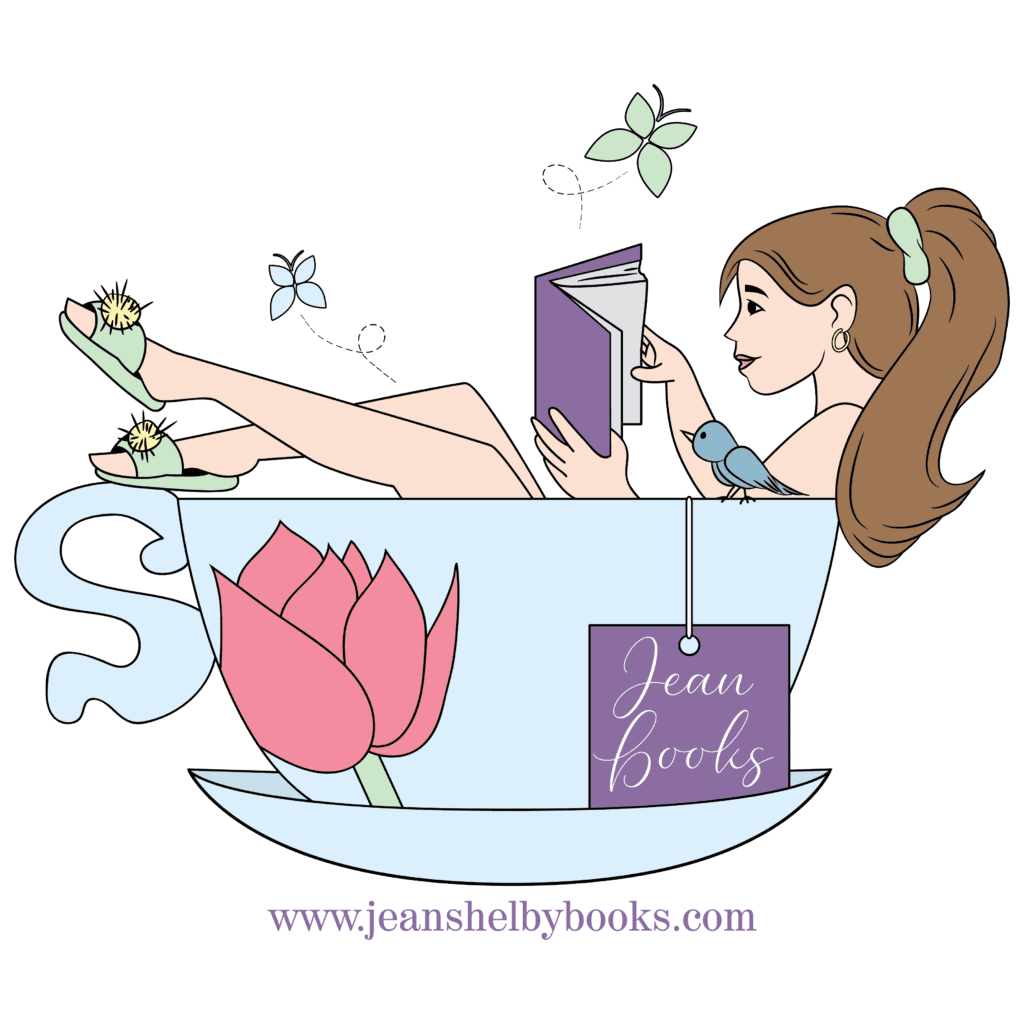It’s easy to get into the nitty-gritty when reading your own writing, analyzing each word in a sentence and tweaking them so it’s ‘just right.’ But, what about the book as a whole? Do the characters have an arc to their individual stories? Is everything connecting between the story and the characters? Am I conveying my message and theme clearly?
My book came back from an editor with several suggestions, but after I made changes it still didn’t feel quite done. In sitting with this feeling of simply needing to edit the book several more times, I decided to switch to a more logical approach instead of frantically reading it over and over. I know there are hundreds of articles and YouTube videos giving advice, but at this point I want to form my own plan. As such, I started writing a list of how to go about editing, and boy was I surprised at how it quickly formed into a game plan. True, these do come from the advice of books and videos, but I’ve tweaked them to what applies to the point and time of my story.
- Knowing the beat points and going through my book again and marking those out.
- Perhaps the best way to do this is to write a synopsis of the high points in each chapter and where it fits on the ‘beat chart’ that I have in my office.
- Making sure the character arcs work.
- Is each character developing through her hardship throughout the book?
- Making sure each character has a different voice.
- This is tricky because I am writing from my voice, yet that needs to shift to match how each character would react to each situation. I have my work cut out for me here!
- Are my scenery descriptions flushed out? Can I see it when I read it?
- This is the common suggestion of showing versus telling when writing. Instead of saying “The leaf fell from the tree,” I can change it to “The leaf showed every angle of its brilliant colors as it floated in the breeze.”
- One way I’m going to tackle this is to ask myself if I’m describing the five senses enough throughout each scene. What does it smell like where the characters are? Is there a texture that they can touch? Is it bright in the room or have vibrant colors? That sort of thing.
- Delete the forbidden words.
- Of course, there is a multitude of words that ‘aren’t supposed to be used in books.’
- Read it out loud.
- While I read my first book out loud for my YouTube channel I am finding that I would have written a sentence a different way simply because it sounds different out loud than in my head. (don’t be discouraged if you bought a version and are now finding out that it’s free on YouTube. I’m only uploading one chapter per week and there are 30 chapters in the book!).
- Give myself time. What does it matter if I publish in May versus April?
- Of course, I have the ultimate goal of publishing 3 books this year. This weighs heavily on my mind as I look at the calendars that we are quickly progressing through. The goal of publishing these 3 books must, however, be coupled with publishing quality books!
Now the hard part: to implement all of these. It can be daunting to sit down with a one-hundred thousand word manuscript in front of you (while wondering if this is much too long!). The best remedy to getting over the fear of tackling something this large is to simply start. 🙂

Reader Interactions